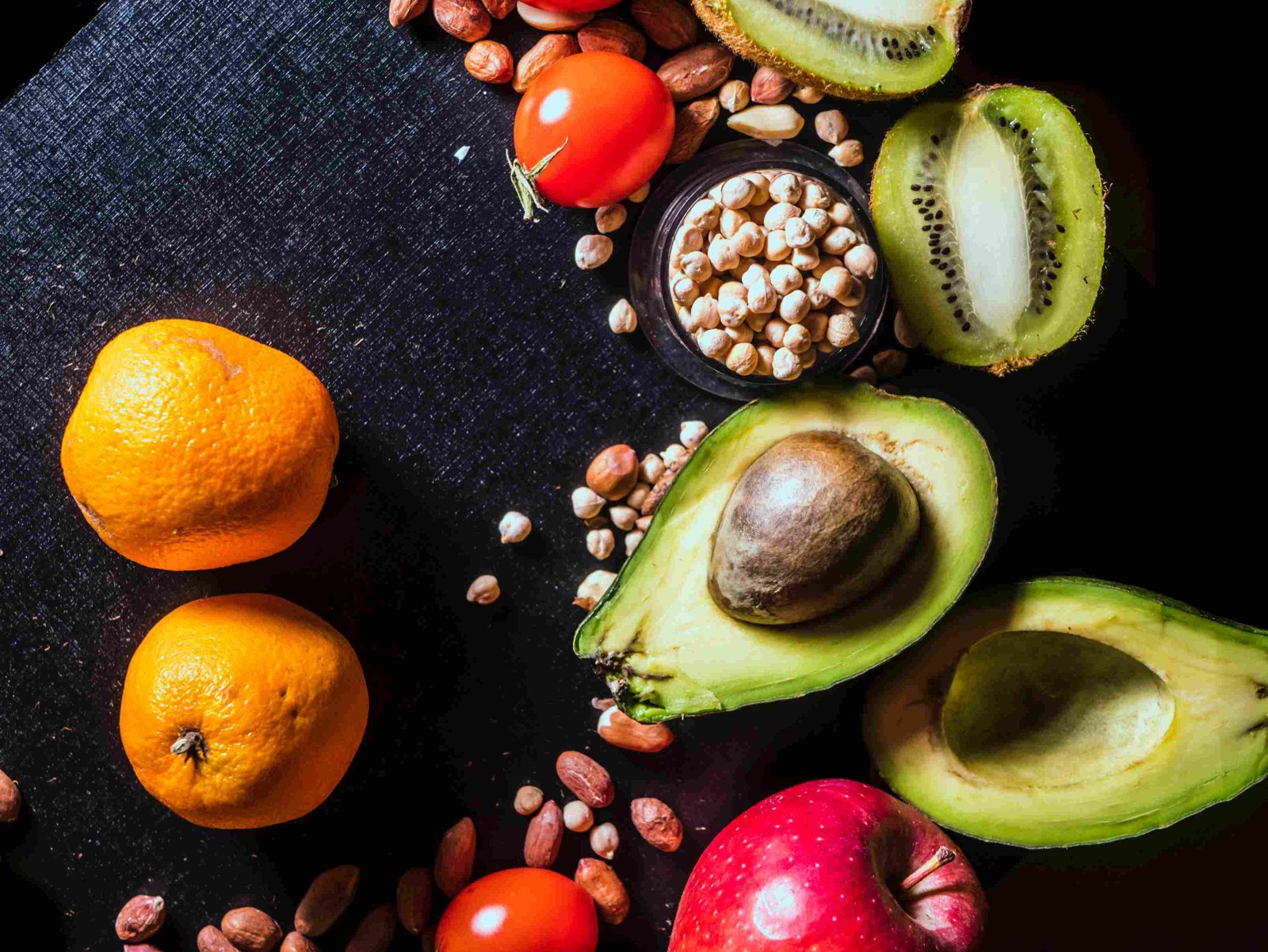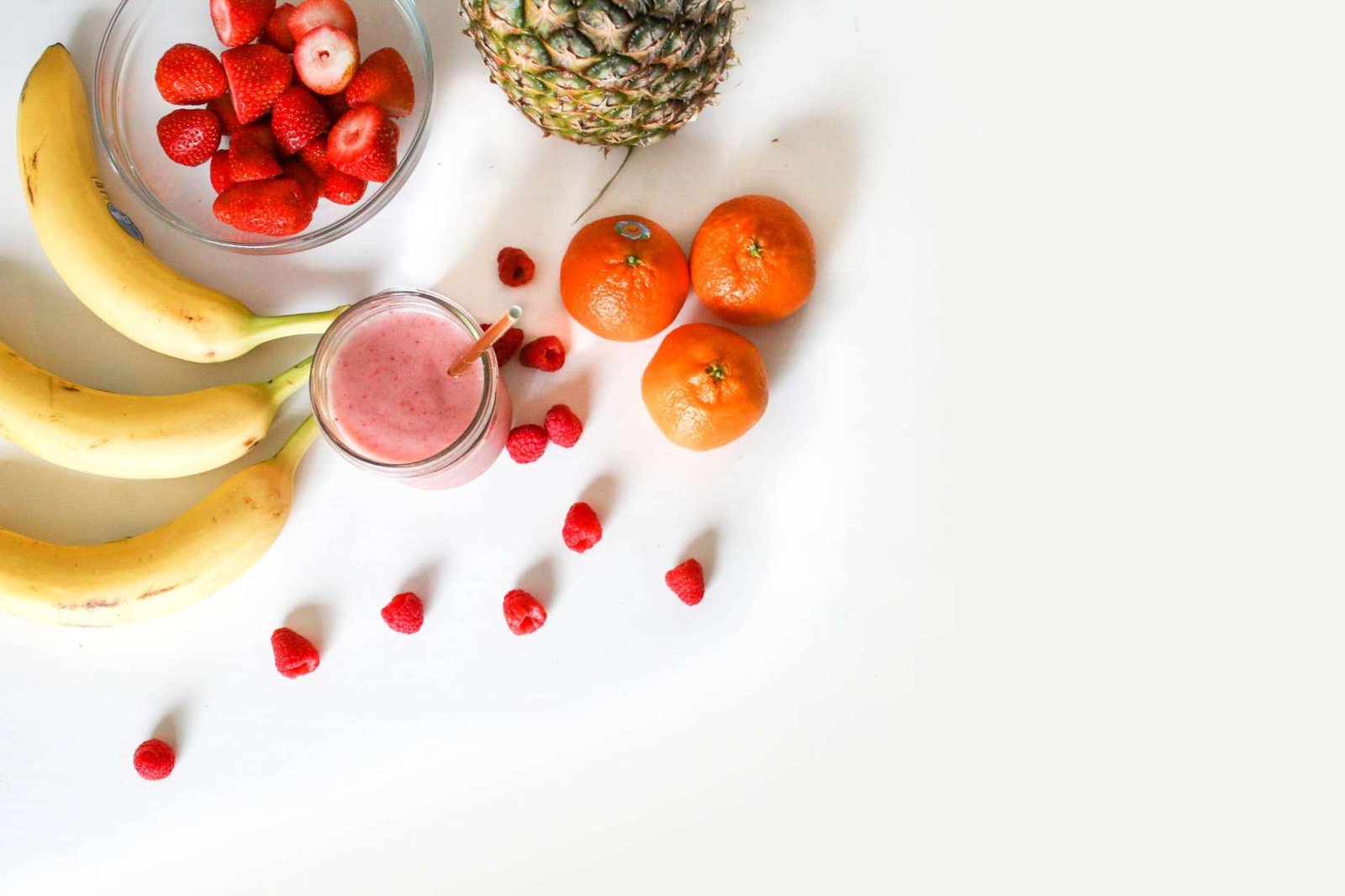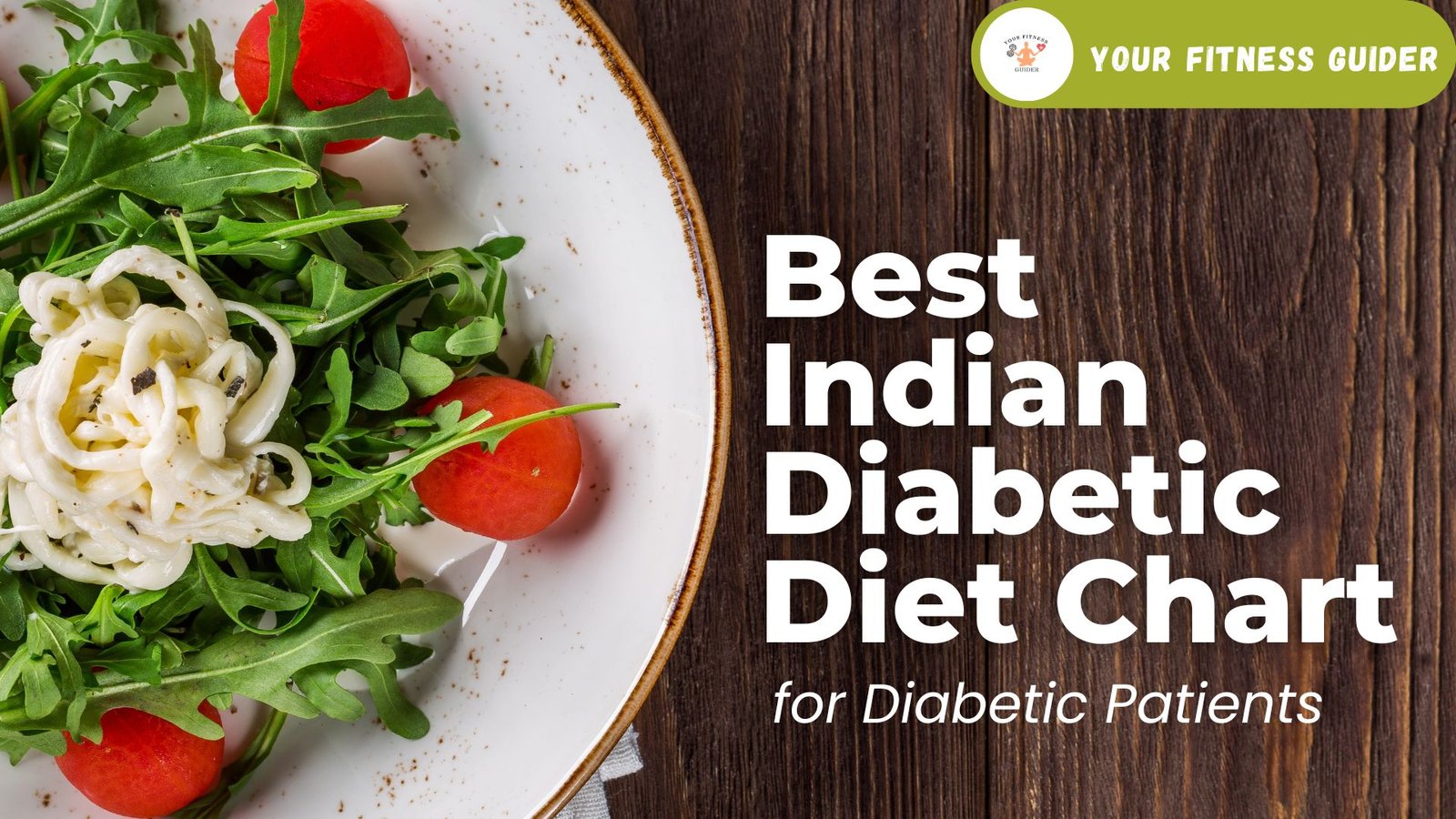
In today’s fast-paced world, where health often takes a backseat to hectic schedules and convenience foods, maintaining a balanced diet is crucial for overall well-being. A balanced diet isn’t just about eating less; it’s about eating right; it’s about nourishing your body with the right nutrients in the right proportions. Here, we present a comprehensive balanced diet chart that can serve as a roadmap to optimal nutrition, supporting your health goals and fostering vitality.
What is a balanced diet chart?
A balanced diet is a way of eating that includes a variety of foods in appropriate proportions, providing the necessary nutrients required for overall health and well-being. It involves consuming a mix of different food groups, such as fruits, vegetables, whole grains, lean proteins, healthy fats, and dairy or dairy alternatives, in moderation to meet the body’s nutritional needs. The goal of a balanced diet chart is to ensure adequate intake of essential nutrients like vitamins, minerals, carbohydrates, proteins, and fats while maintaining a healthy weight and supporting optimal bodily functions.

Components Of A Balanced Diet Chart
A balanced diet chart should include a variety of nutrients and food groups to maintain good health. Here are components that are typically included in a balanced diet:

- Fruits and Vegetables: These colorful powerhouses are packed with minerals, vitamins, fiber and antioxidants. Aim for a variety of colors to ensure a wide range of nutrients.

- Whole Grains: Incorporate whole grains like quinoa, brown rice, and oats for sustained energy and a rich source of fiber.
- Proteins: Lean sources like chicken, fish, beans, lentils, and tofu are excellent for muscle repair and overall health.
- Healthy Fats: Avocados, nuts, seeds, and olive oil provide essential fatty acids crucial for brain function and heart health.

- Dairy or Dairy Alternatives: Calcium-rich foods like milk, yogurt, cheese, or fortified plant-based alternatives contribute to bone health.
- Limit Added Sugars: Minimize the intake of sugary beverages, sweets, and processed foods high in added sugars.
- Moderate Sodium Intake: Reduce the consumption of high-sodium foods like processed meats, canned soups, and salty snacks.
- Hydration: Crucial for hydration and overall health. Aim for at least 7 glasses (60 ounces) of water per day.
Crafting Your Balanced Diet Chart
- Breakfast: Kickstart your day with a wholesome meal. Opt for whole grain cereals, paired with fresh fruits or a protein-rich smoothie.
- Mid-Morning Snack: Keep your energy levels up with a snack rich in nutrients, like a handful of almonds, a piece of fruit, or Greek yogurt.
- Lunch: Make your midday meal balanced with a mix of lean protein, such as grilled chicken or tofu, accompanied by leafy greens and a serving of whole grains.
- Afternoon Snack: Recharge your body with a nutrient-dense snack, like vegetable sticks with hummus or a fruit and nut mix.
- Dinner: Opt for a well-rounded dinner plate comprising vegetables, a portion of protein, and whole grains. Experiment with various cooking methods to add flavor without excess fats or salts.
- Hydration: Drink plenty of water throughout the day. Water is crucial for various bodily functions.
Tailoring The Diet To Your Needs
Every individual has unique nutritional needs based on factors like age, activity level, and health conditions. Consulting a registered dietitian or a nutritionist can help tailor a balanced diet chart specifically suited to your requirements, ensuring you meet your health goals effectively.

Importance Of Balanced Diet Chart
A balanced diet chart holds significant importance for several reasons:
- Nutrient Adequacy: It ensures you receive all essential nutrients in appropriate quantities, promoting overall health and well-being. Each food group contributes specific vitamins, minerals, and macronutrients crucial for bodily functions.
- Disease Prevention: A balanced diet reduces the risk of chronic diseases like heart disease, diabetes, obesity, and certain cancers. Nutrient-dense foods support a strong immune system, aiding in disease prevention.
- Energy and Vitality: Proper nutrition fuels your body, providing the necessary energy for daily activities, work, exercise, and cognitive functions. A balanced diet maintains steady energy levels throughout the day.
- Weight Management: It supports healthy weight management by providing the right balance of nutrients, controlling portion sizes, and reducing the consumption of empty calories found in unhealthy foods.
- Growth and Development: For children, adolescents, and pregnant women, a balanced diet is crucial for proper growth, development, and the formation of vital organs and tissues.
- Mental Health: Nutrient-rich foods can positively impact mental health by supporting brain function and emotional well-being. Omega-3 fatty acids, for example, are linked to improved mood and cognitive function.
- Digestive Health: A diet rich in fiber from fruits, vegetables, and whole grains supports digestive health, preventing constipation and promoting a healthy gut microbiome.
- Longevity and Quality of Life: Research indicates that adhering to a balanced diet is associated with a longer lifespan and improved quality of life in later years, reducing the risk of age-related health issues.
- Maintenance of Body Functions: Each nutrient plays a specific role in maintaining bodily functions such as metabolism, bone health, immune response, and cellular repair.
Creating and following a balanced diet chart tailored to individual needs ensures that your body receives the right nutrients in the right proportions, promoting optimal health, longevity, and vitality throughout life.
Conclusion

A balanced diet chart isn’t just a roadmap to a healthier lifestyle; it’s a commitment to nourishing your body with the right fuel. By incorporating diverse nutrients in proper proportions throughout your day, you pave the way for optimal health and well-being. Embrace this approach, and your body will thank you with vitality and resilience. Remember, it’s not just about eating; it’s about nourishing your whole being.
In the quest for better health, a balanced diet isn’t an option—it’s a necessity.




[…] Your Gym Diet: Tailoring Nutrition to Fit Your […]
[…] Crafting Your Balanced Diet Chart […]
[…] Balanced Diet: Pair peanut butter with a well-rounded diet consisting of lean proteins, whole grains, fruits, and vegetables for comprehensive nutrition. […]
[…] dietary preferences, offering options for individuals with lactose intolerance, vegan or vegetarian diets, or gluten […]
[…] Consume a calorie surplus with a balanced diet rich in protein, carbs, and healthy fats to support muscle […]
[…] exercise at home, nutrition plays a pivotal role. While exercise stimulates muscle growth, a well-balanced diet provides the necessary fuel and building blocks for the body to repair and build muscle […]
[…] sources like skinless poultry, fish, legumes, and tofu feature prominently in the Indian diabetic diet chart. These protein-rich foods help regulate appetite and facilitate better blood sugar […]